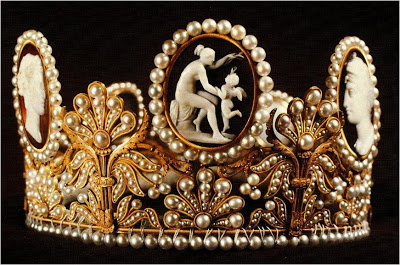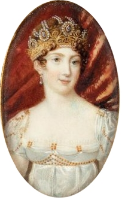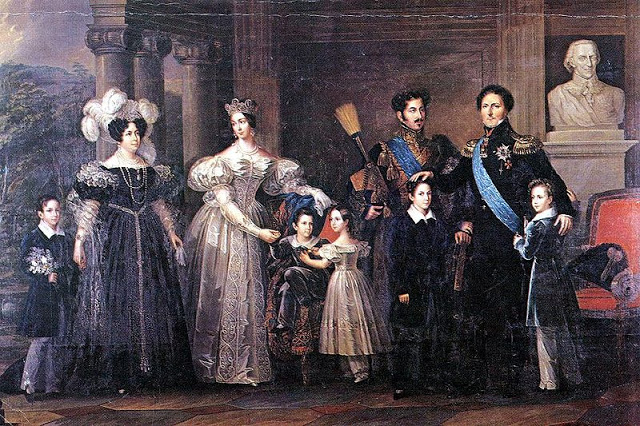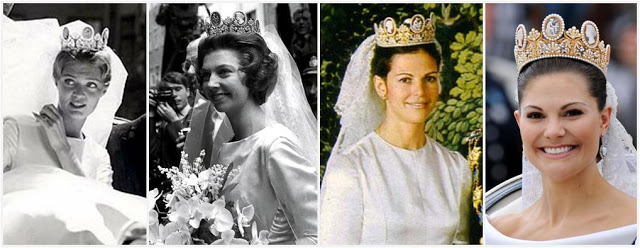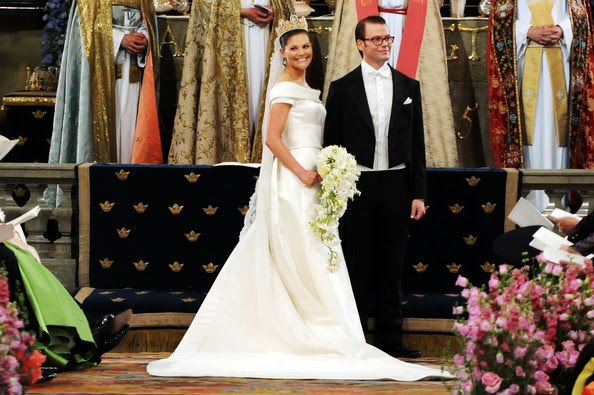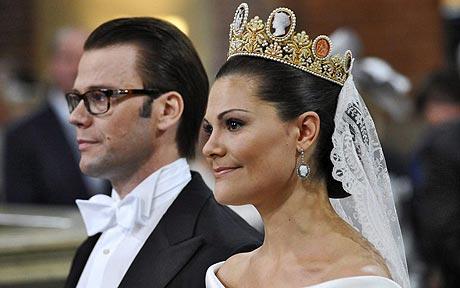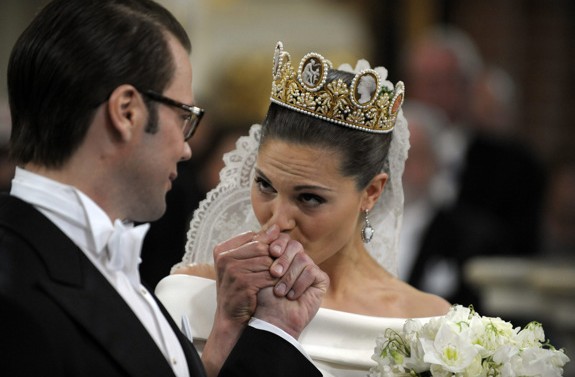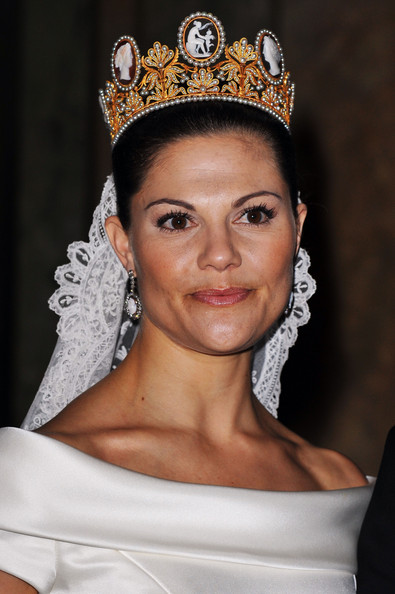The Luxembourg Empire Tiara
/Have you ever looked at tiaras and thought “well that’s nice, but it’s just not big enough!” Well then this is the tiara for you!
The Luxembourg Empire Tiara dates from the 1800’s the tiara is covered in diamonds. The tiara is over 4 inches tall and contains numerous motifs, such as: geometric, anthemion, and scroll designs.
The history of the tiara is a bit murky. Previous theories attempted to trace it back to Romanov Russia (with the look of the tiara it isn’t hard to imagine). However, the current thought is that the tiara was possibly acquired as a wedding gift for Pauline of Württemberg, who married Wilhelm, Duke of Nassau, in 1829. The German dukes of Nassau became the rulers of the grand duchy of Luxembourg in 1890, when law prevented Queen Wilhelmina of the Netherlands from ruling.
We have visual evidence of the tiara’s public debut on the head of reigning Grand Duchess Charlotte when she married Prince Felix of Bourbon-Parma in 1919. One of Charlotte’s sisters (Hilda), wore it for her wedding too.
On her abdication Charlotte passed the grand tiara to her daughter-in-law Joséphine-Charlotte, the new grand duchess. Joséphine-Charlotte’s husband abdicated in favor of his son Henri in 2001, however her daughter-in-law Maria Teresa did not wear it publicly until after Joséphine-Charlotte’s death.
Grand Duchess Maria Teresa has worn the tiara on many state occasions and to weddings (notably Crown Princess Victoria’s wedding in 2010).

